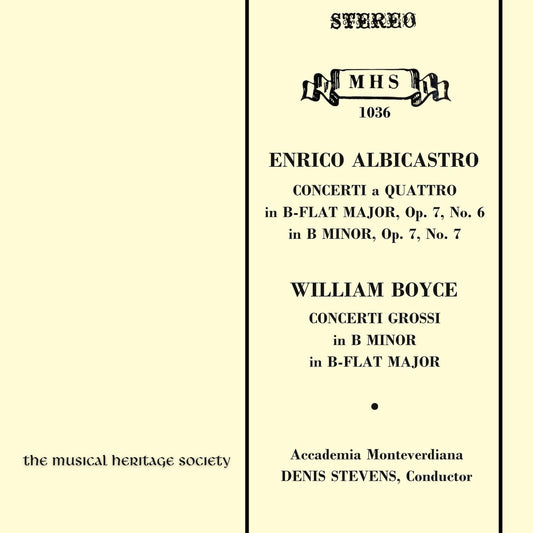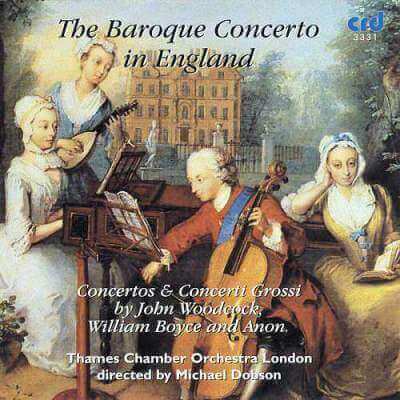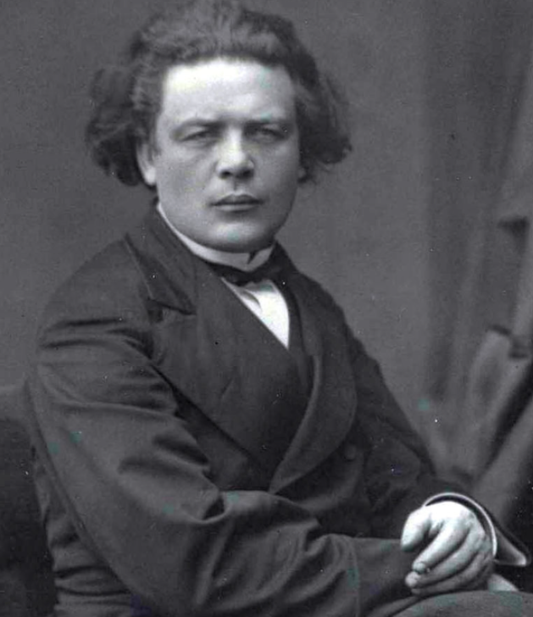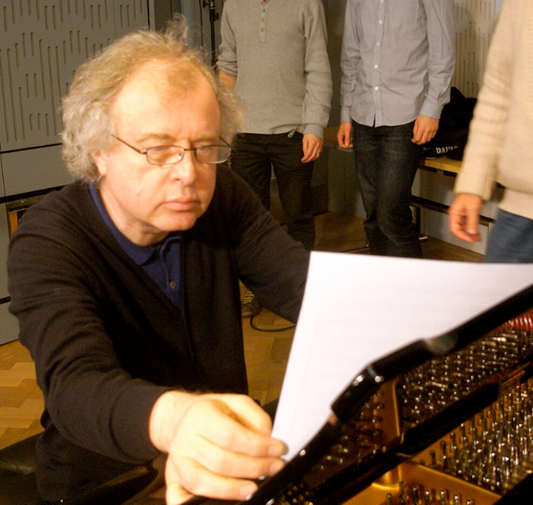Collection: WILLIAM BOYCE (c. 1711 – 1779)
William Boyce stands as one of the most significant English-born composers of the 18th century, a versatile musician whose career spanned the roles of organist, composer, and editor. Flourishing in the period between the dominance of Handel and the burgeoning Classical era, Boyce forged a distinctly English musical voice characterized by sturdy craftsmanship, melodic charm, and vigorous energy. Though sometimes overshadowed by his German-born contemporaries, his contributions, particularly his symphonies and his monumental editorial work, secured him a lasting place in British music history.
Born in London around 1711, Boyce's musical education began as a chorister at St. Paul's Cathedral under Charles King. He later became an apprentice to Maurice Greene, then Organist of St. Paul's and a leading figure in London's musical life. This association proved pivotal, providing Boyce with thorough training in composition and organ playing, and exposing him to the rich tradition of English church music.
Boyce quickly established himself as a sought-after organist, holding positions at several prominent London churches, including the Oxford Chapel (now St. Peter's, Vere Street), St. Michael Cornhill, and All Hallows the Great and Less. Alongside his church duties, he composed anthems, services, and voluntaries, demonstrating a mastery of sacred forms. He also ventured into secular music, composing songs, masques (like Peleus and Thetis), and incidental music for the theatre, showcasing his adaptability and tuneful invention.
A significant mark of recognition came in 1736 when he was appointed composer to the Chapel Royal, succeeding John Weldon. His reputation grew steadily, cemented by the award of a Doctor of Music degree from Cambridge University in 1749. The pinnacle of his official career arrived in 1755 when, following the death of his former master Maurice Greene, Boyce was appointed Master of the King's Musick. This prestigious post required him to compose ceremonial odes for royal birthdays and New Year celebrations, demanding both skillful composition and diplomatic sensitivity.
Despite suffering from increasing deafness from middle age onwards, which eventually forced him to relinquish his organist posts, Boyce remained musically active. One of his most celebrated achievements during this period was the publication in 1760 of his Eight Symphonys in Eight Parts, Op. 2. These were not symphonies in the later Haydn or Mozart sense, but rather collections of overtures, mostly drawn from his earlier court odes and theatre works. Brimming with lively rhythms, clear textures, and appealing melodies, they skillfully blend Baroque counterpoint with galant elegance. These symphonies proved immensely popular in England and abroad, playing a crucial role in establishing the genre in Britain and remaining repertoire staples long after his death.
Perhaps Boyce's most enduring legacy, however, lies in his editorial work. Taking over a project begun by Greene, Boyce dedicated many years to collecting, editing, and publishing Cathedral Music, a monumental three-volume anthology of English church music spanning from the Tudor period (Tallis, Byrd) through the Restoration (Purcell, Blow) to his own time. Published between 1760 and 1773, this collection was meticulously prepared and became the standard source for Anglican choirs for nearly two centuries, preserving invaluable works that might otherwise have been lost or neglected. It stands as a testament to Boyce's dedication to his nation's musical heritage.
William Boyce died in London on February 7, 1779, and was buried under the dome of St. Paul's Cathedral, a fitting final resting place for a musician whose life began in its choir. His music, though perhaps lacking the dramatic depth of Handel or the structural innovation of Haydn, possesses a unique charm and vigour. He successfully navigated the transition from late Baroque to early Classical styles, leaving behind a body of work – robust symphonies, elegant chamber music, dignified church music, and the invaluable Cathedral Music collection – that confirms his status as a master craftsman and a cornerstone of English musical tradition.





